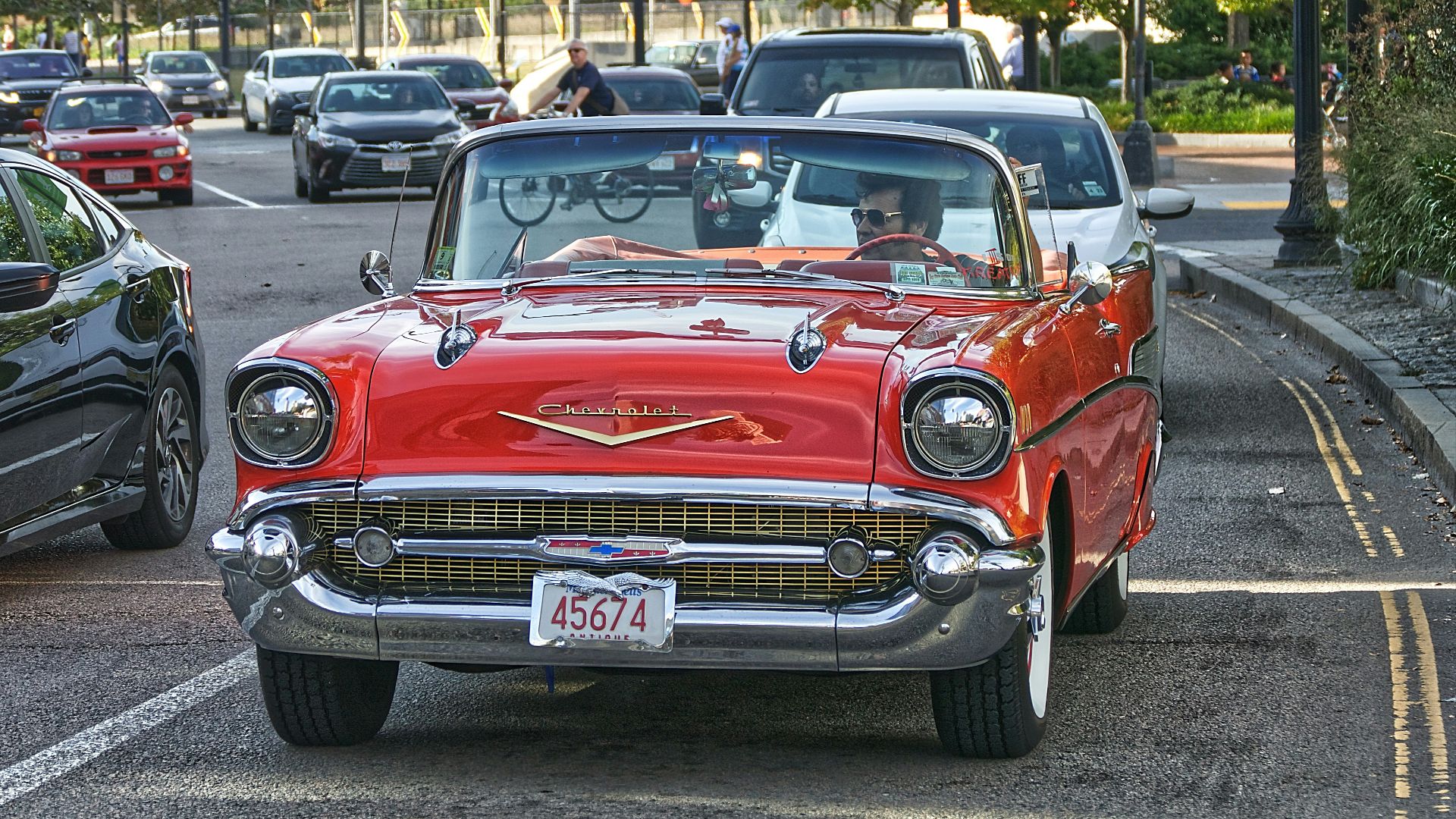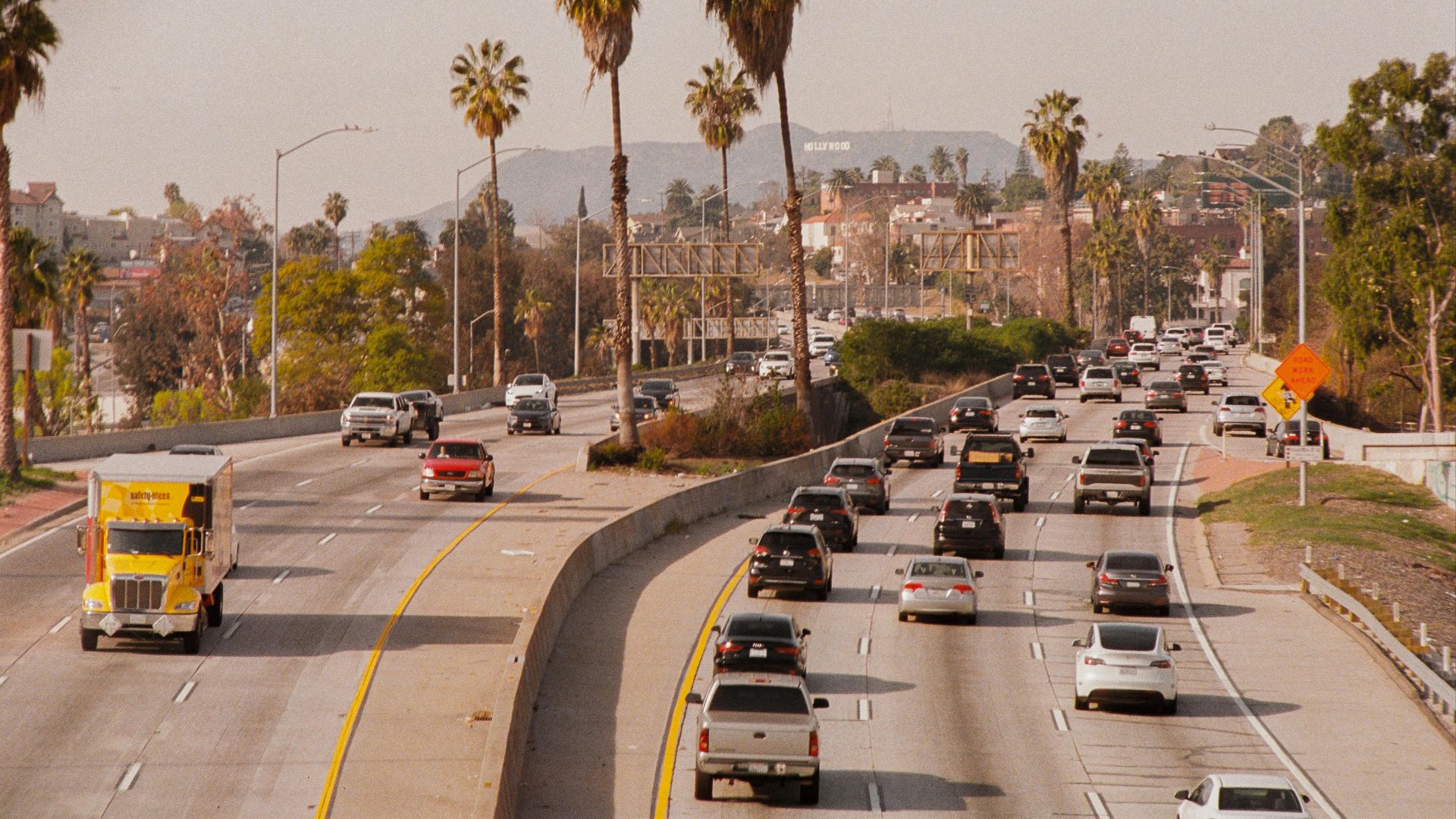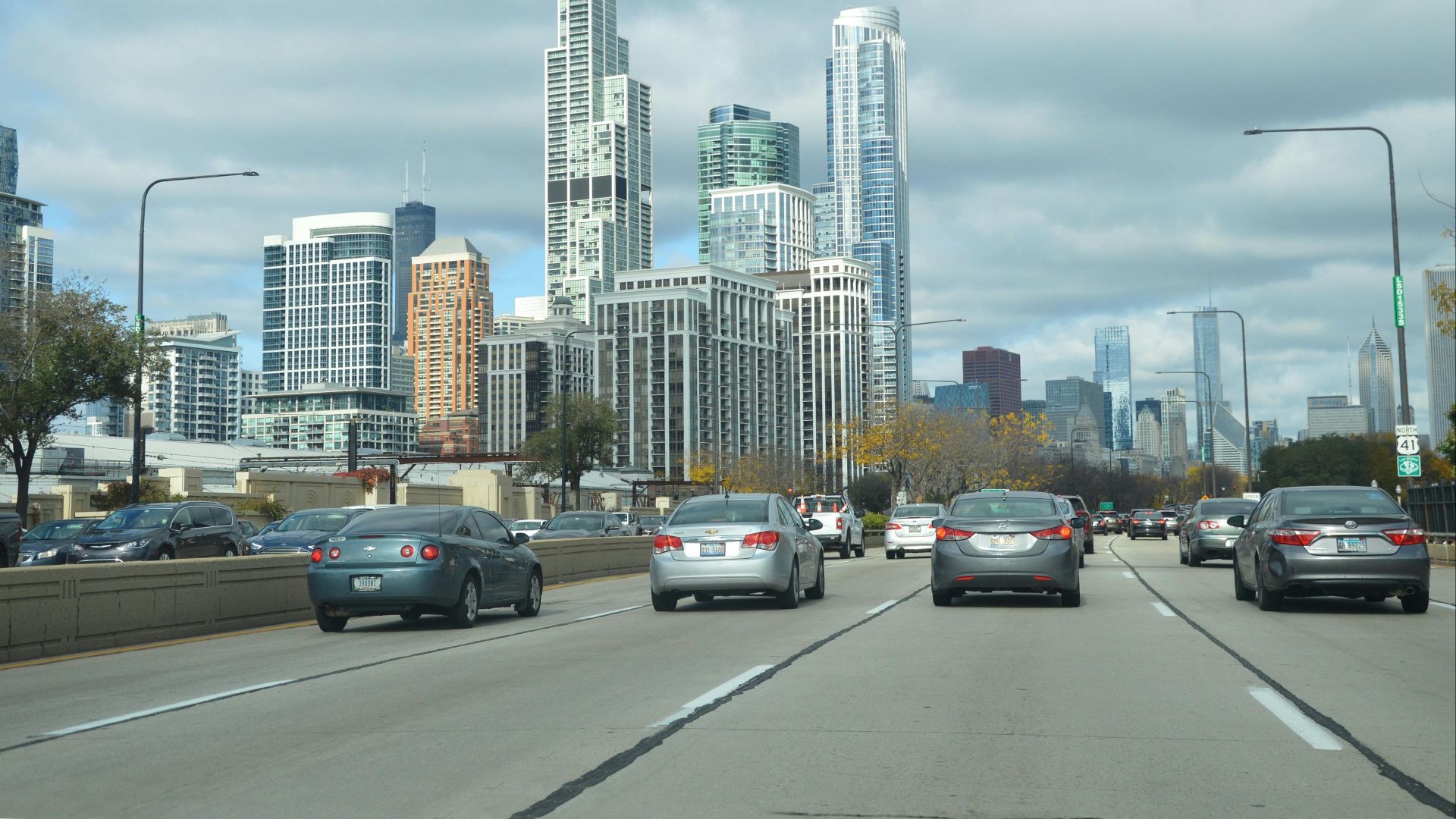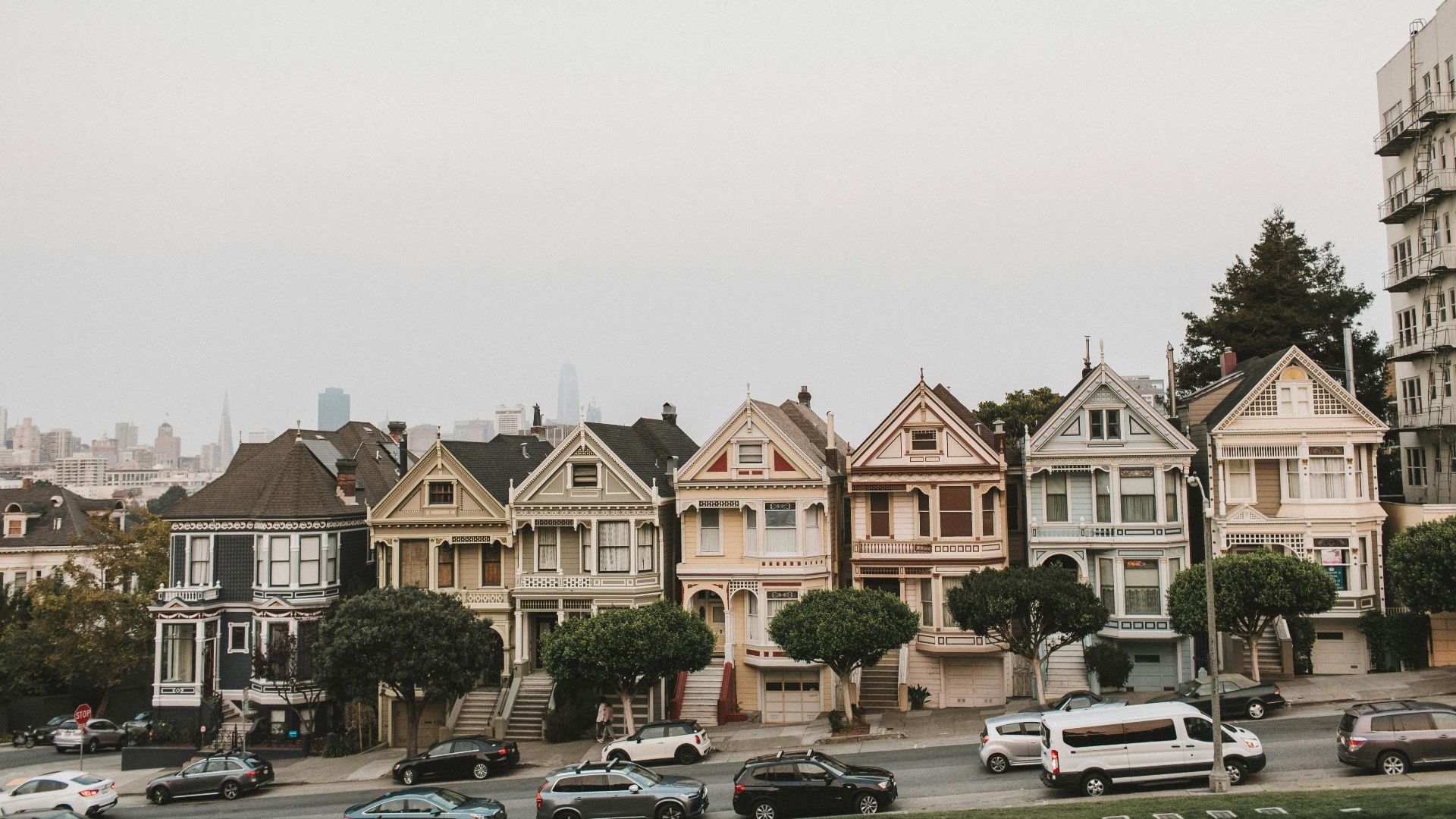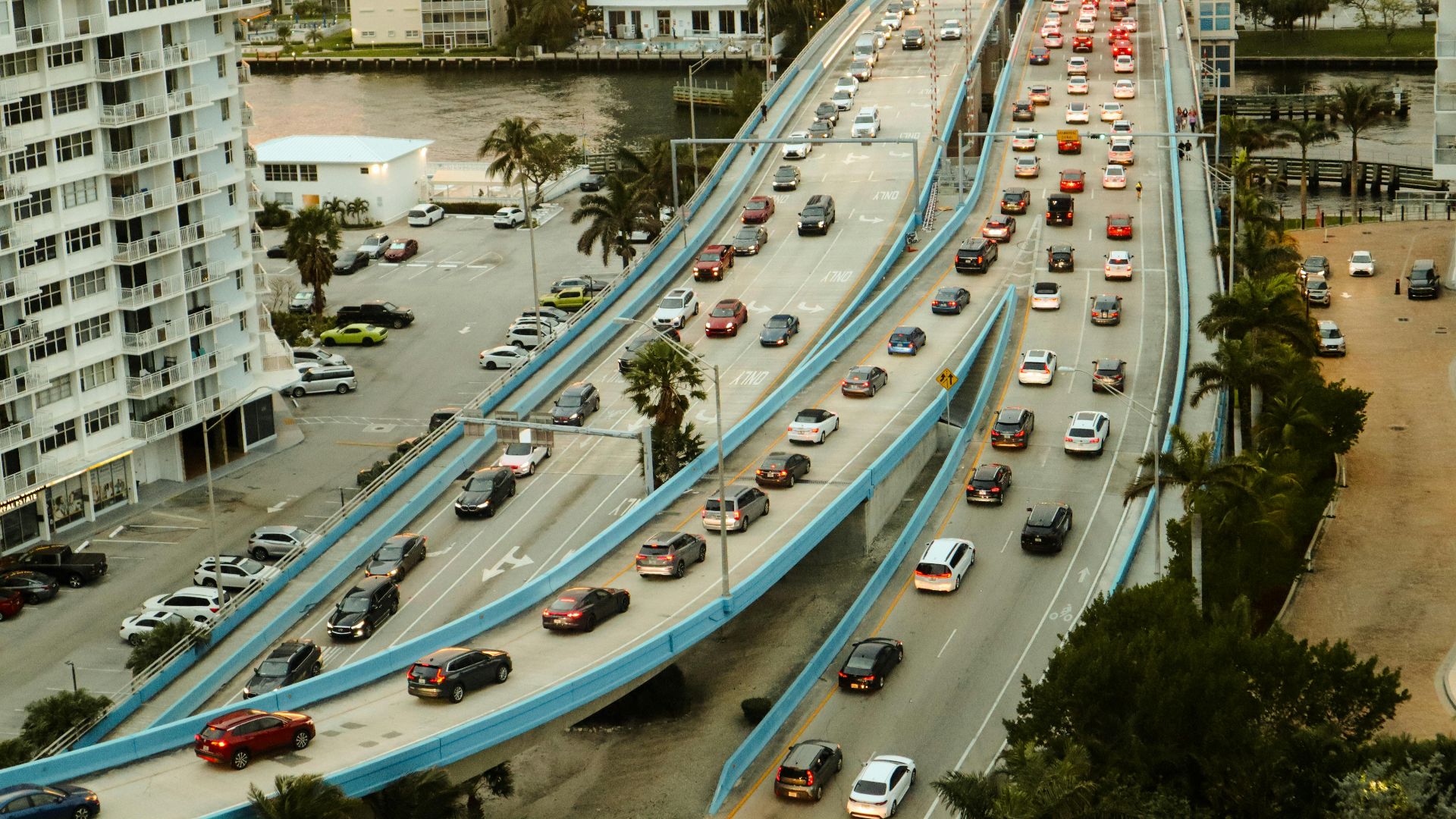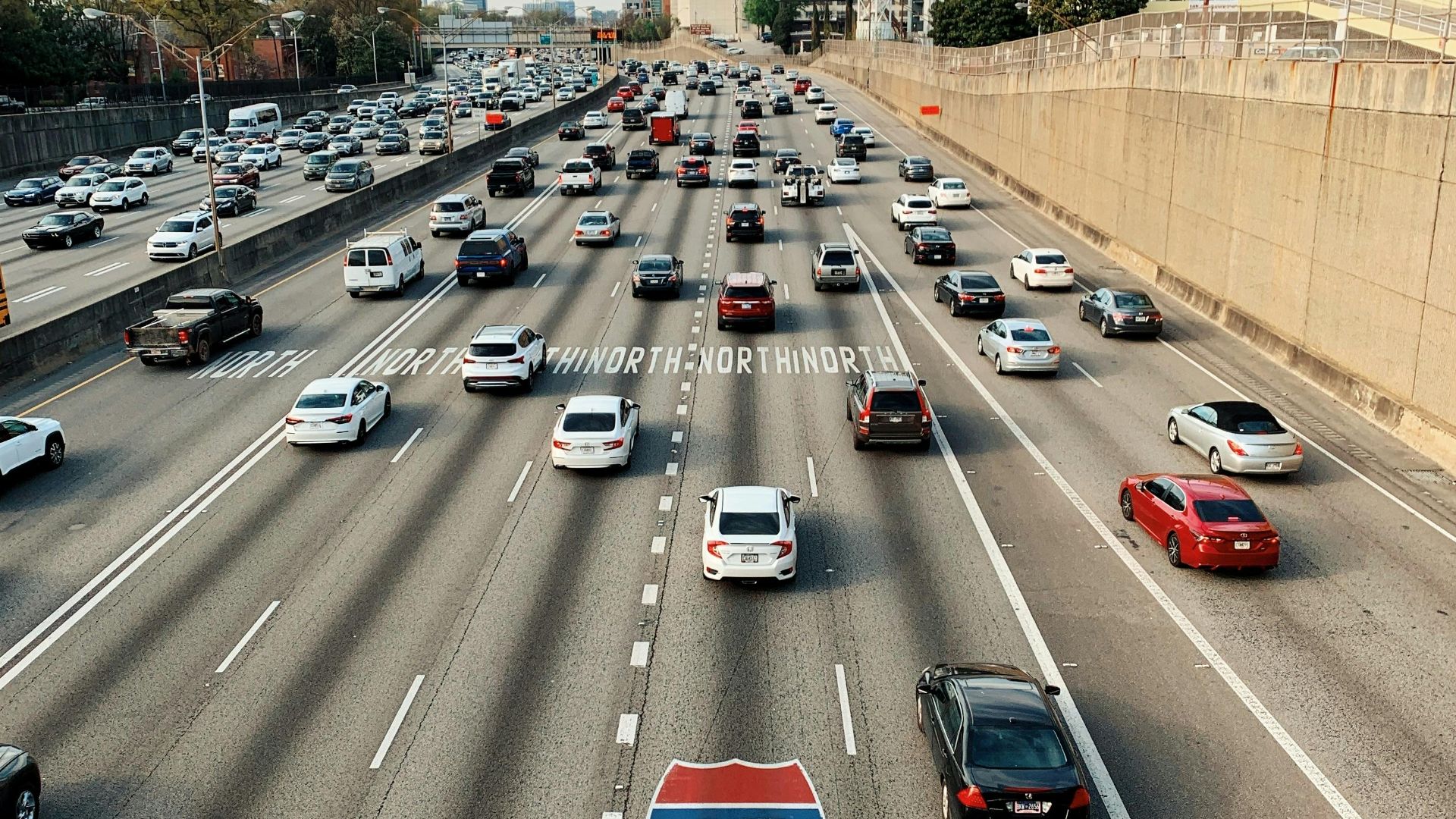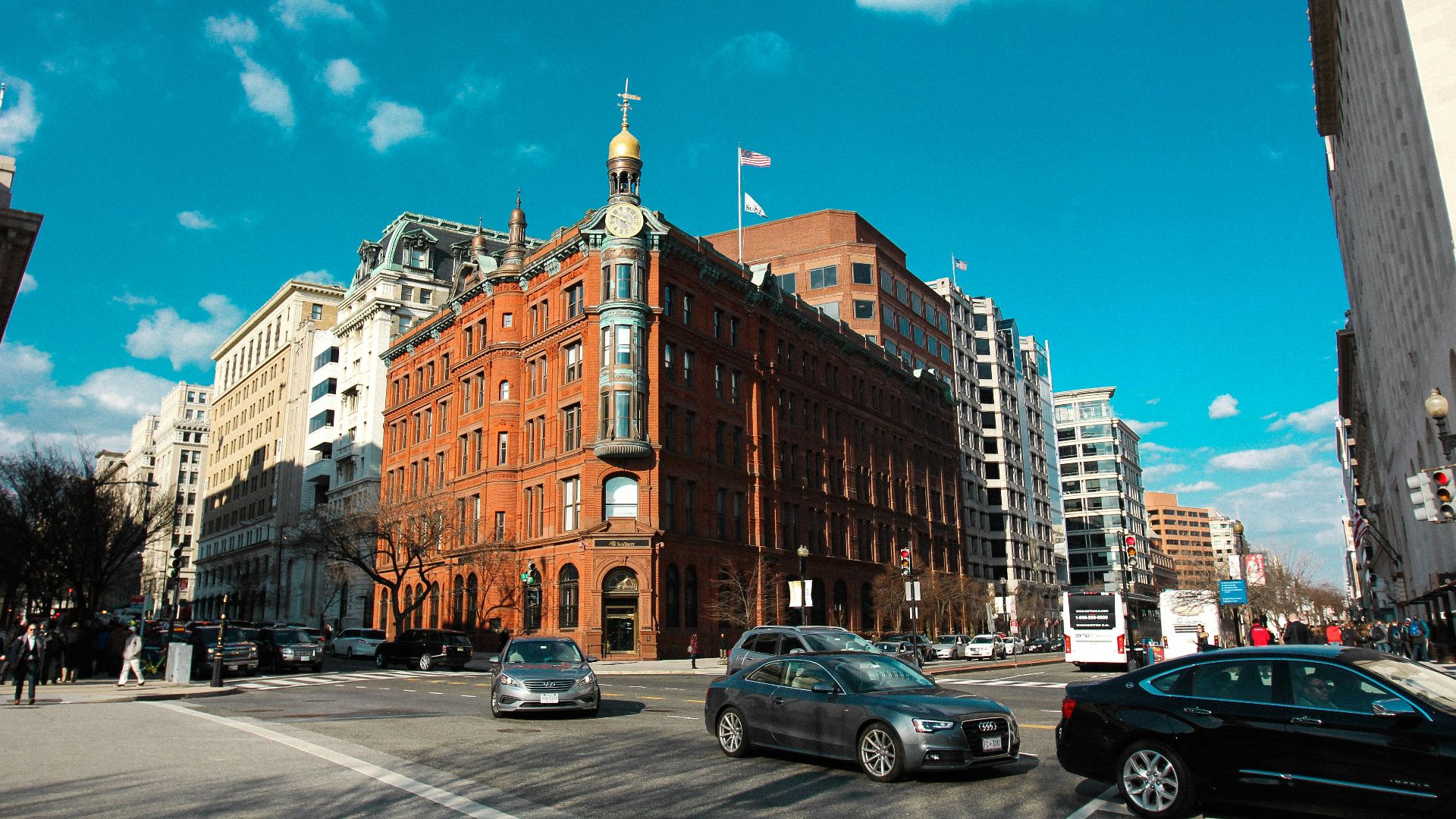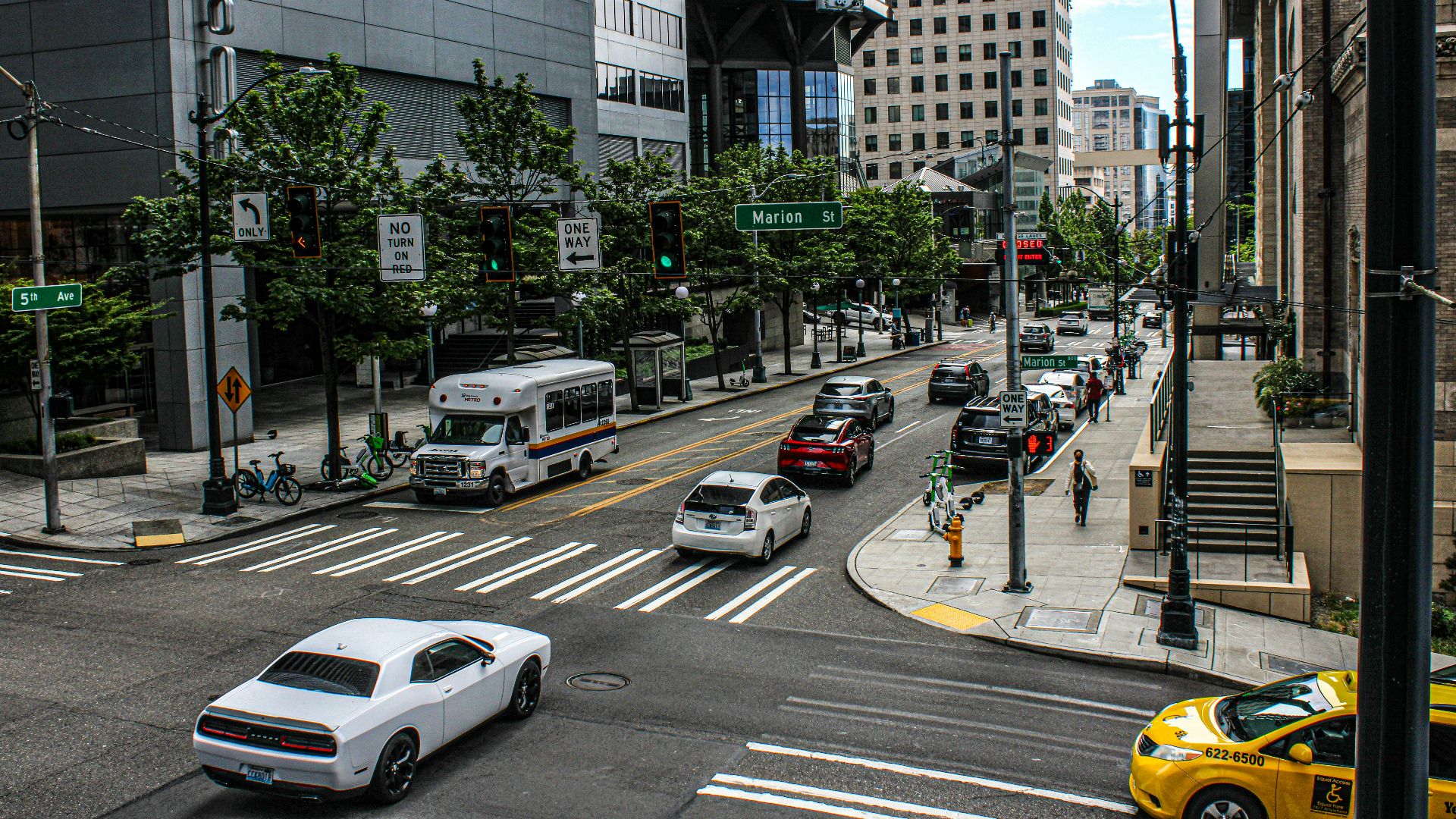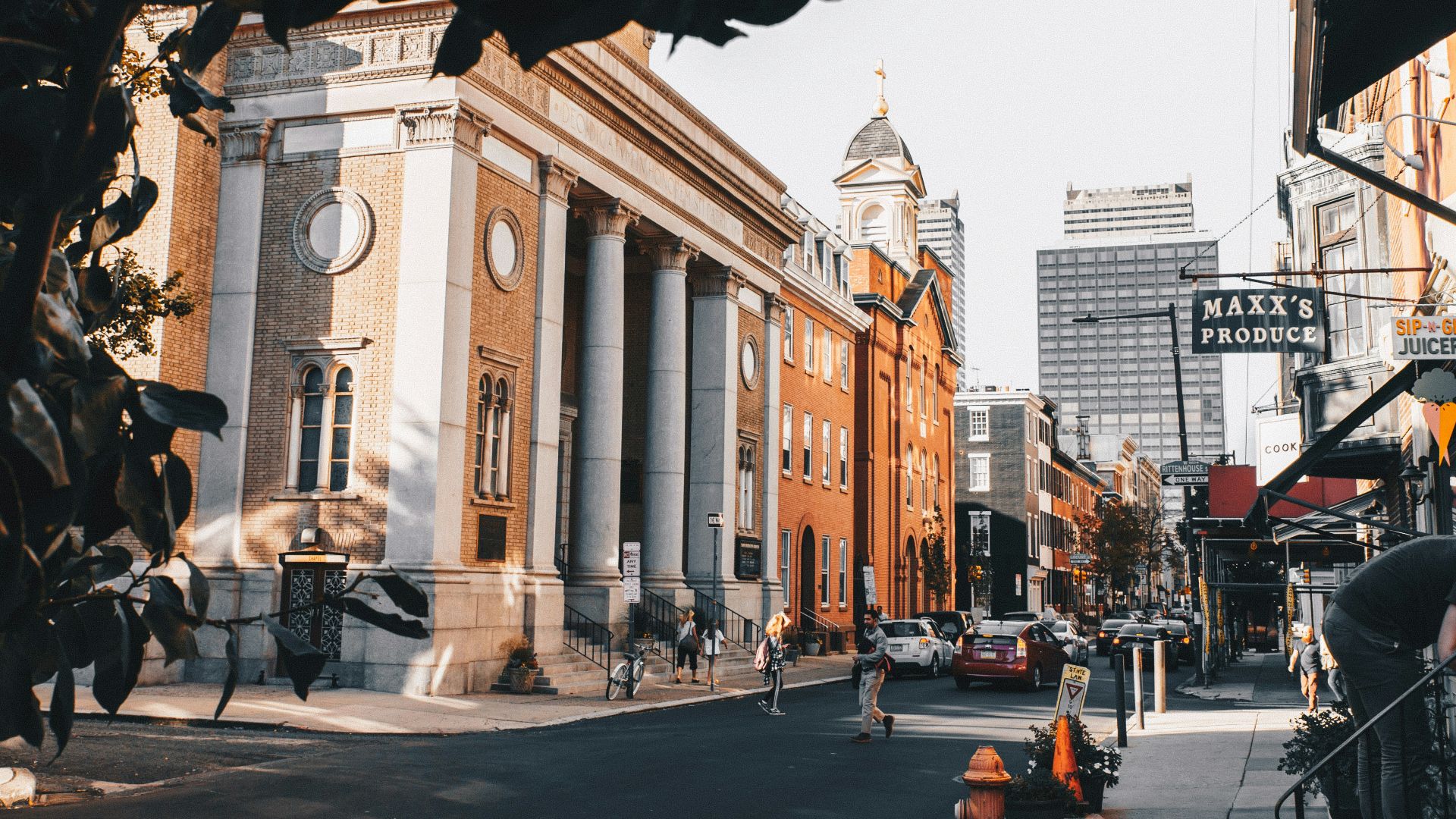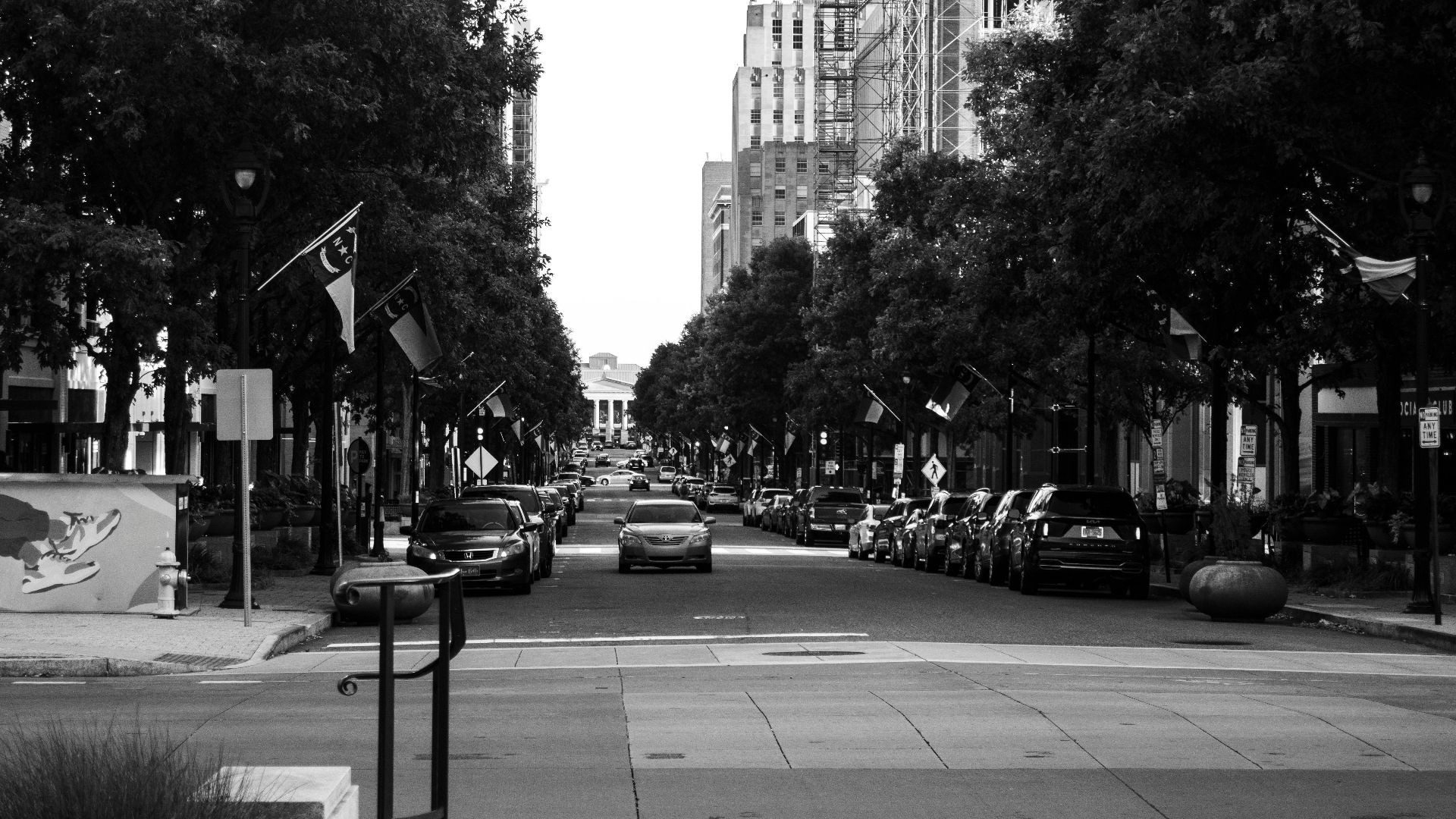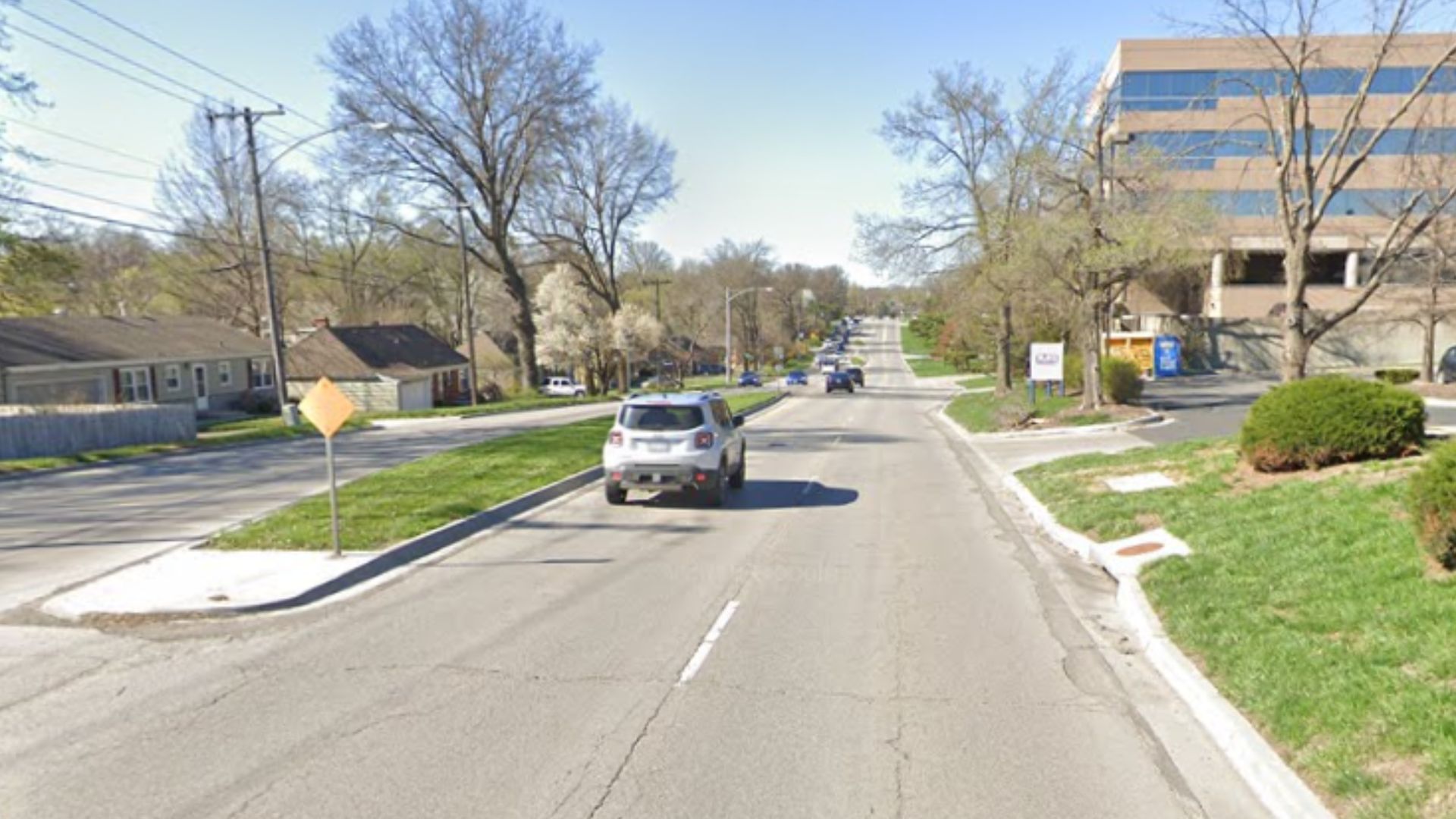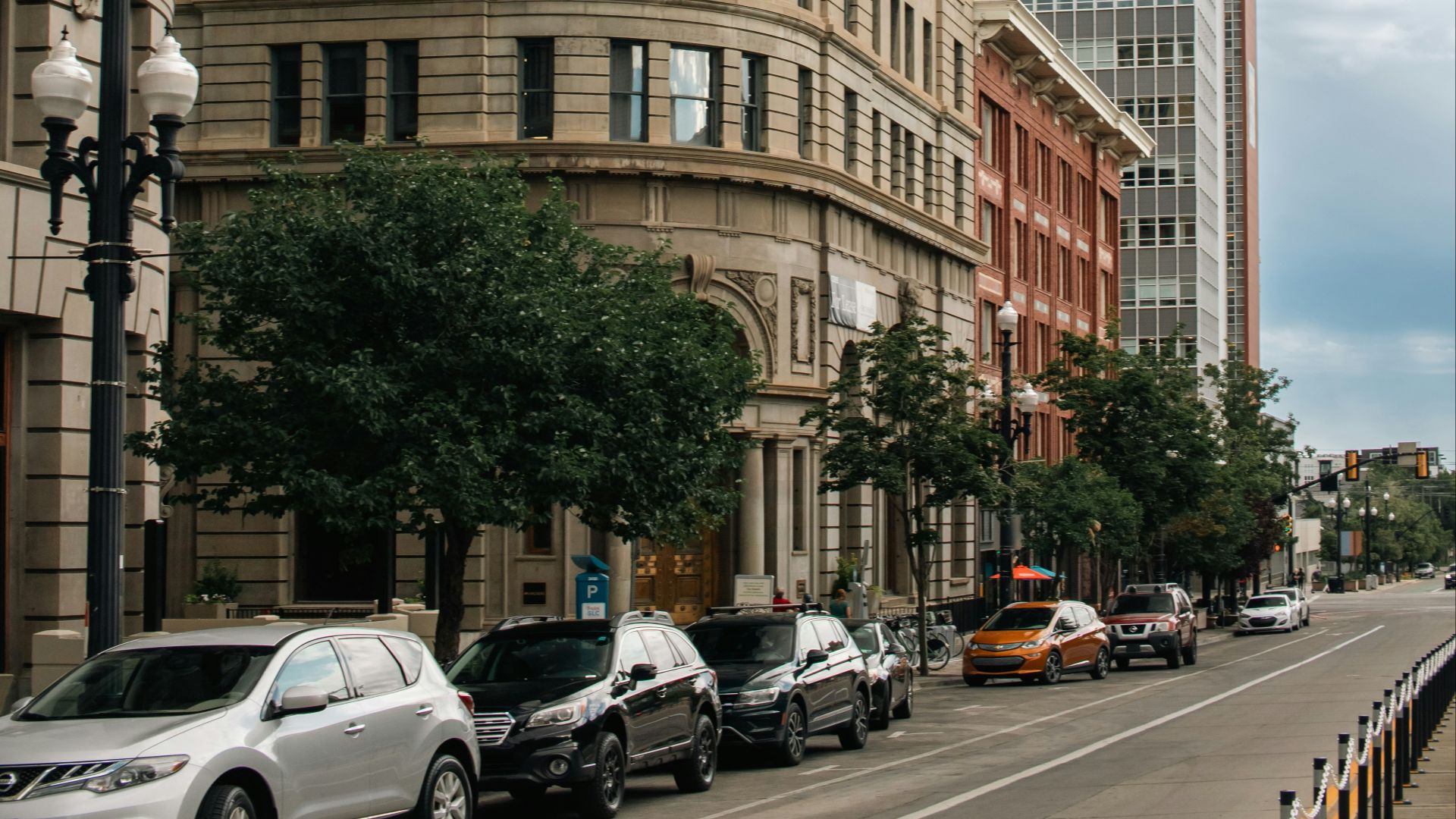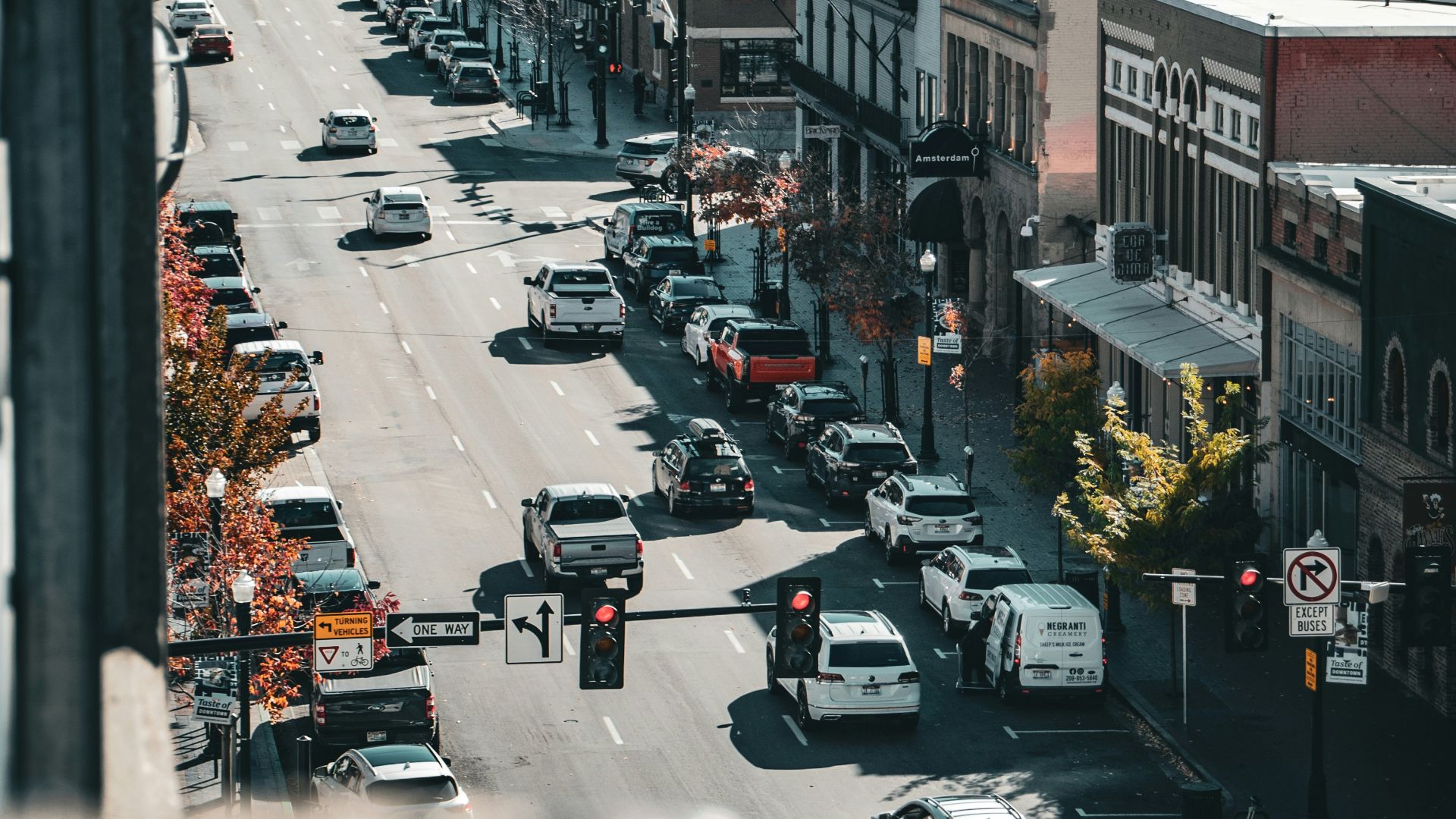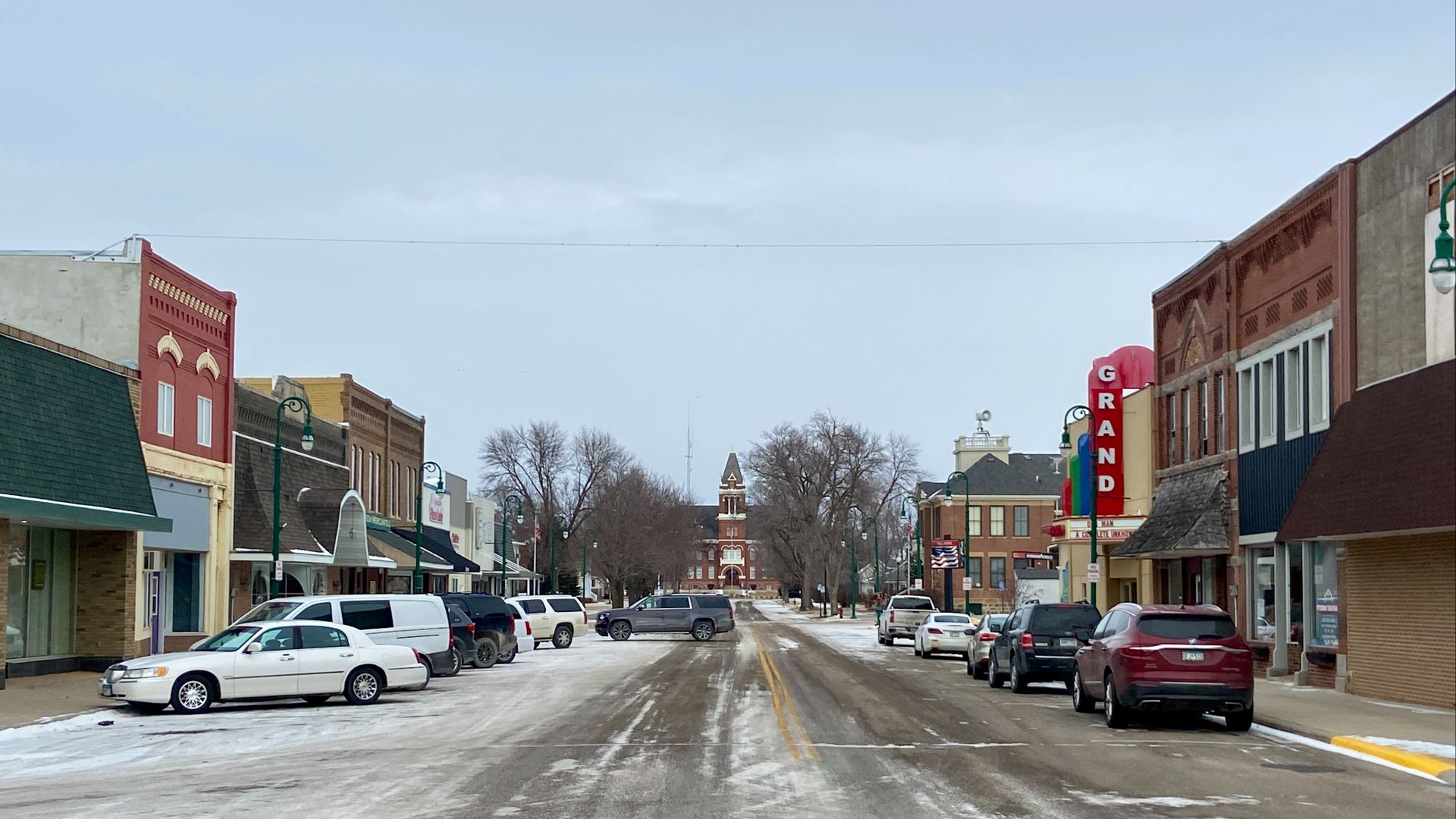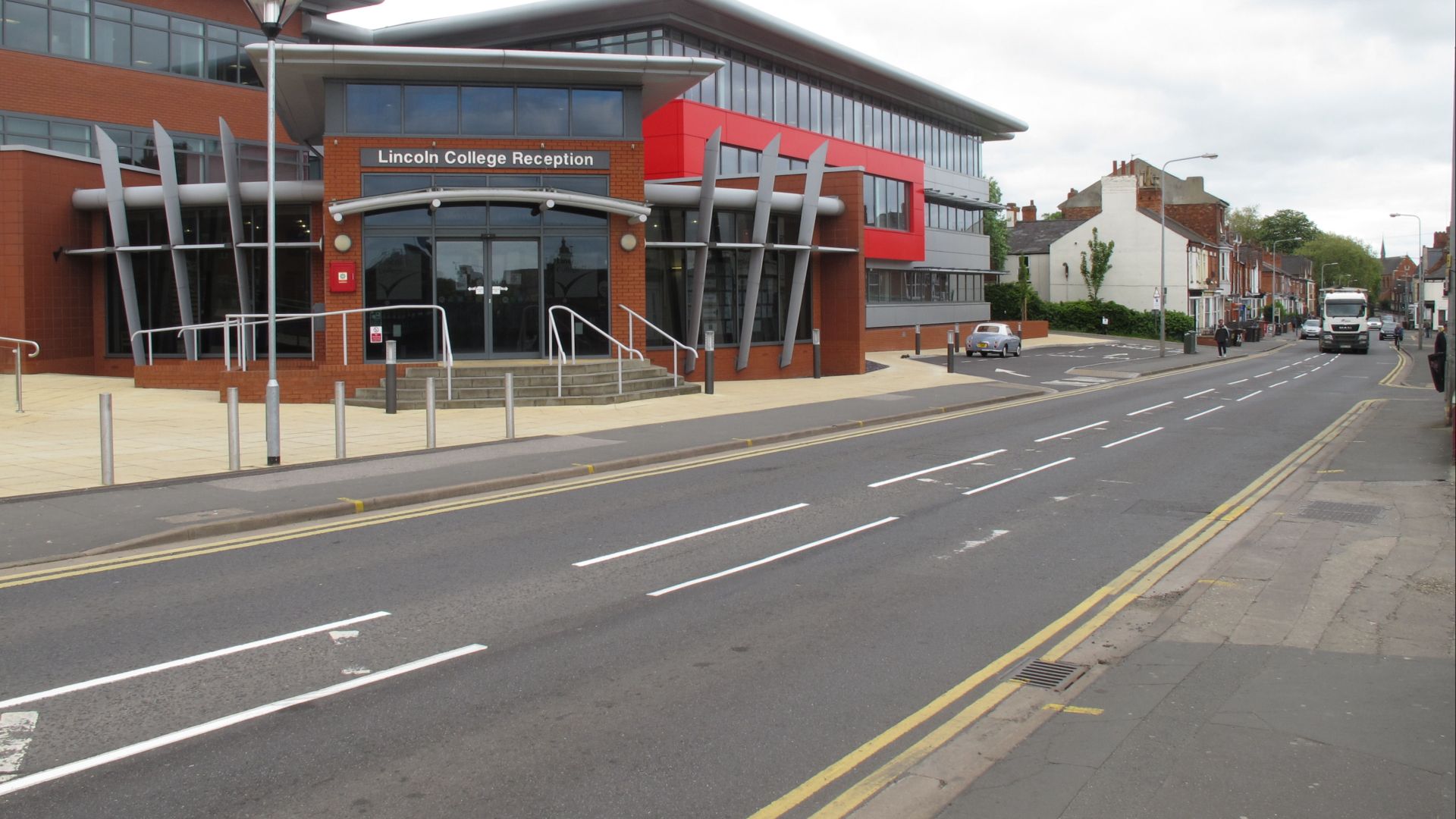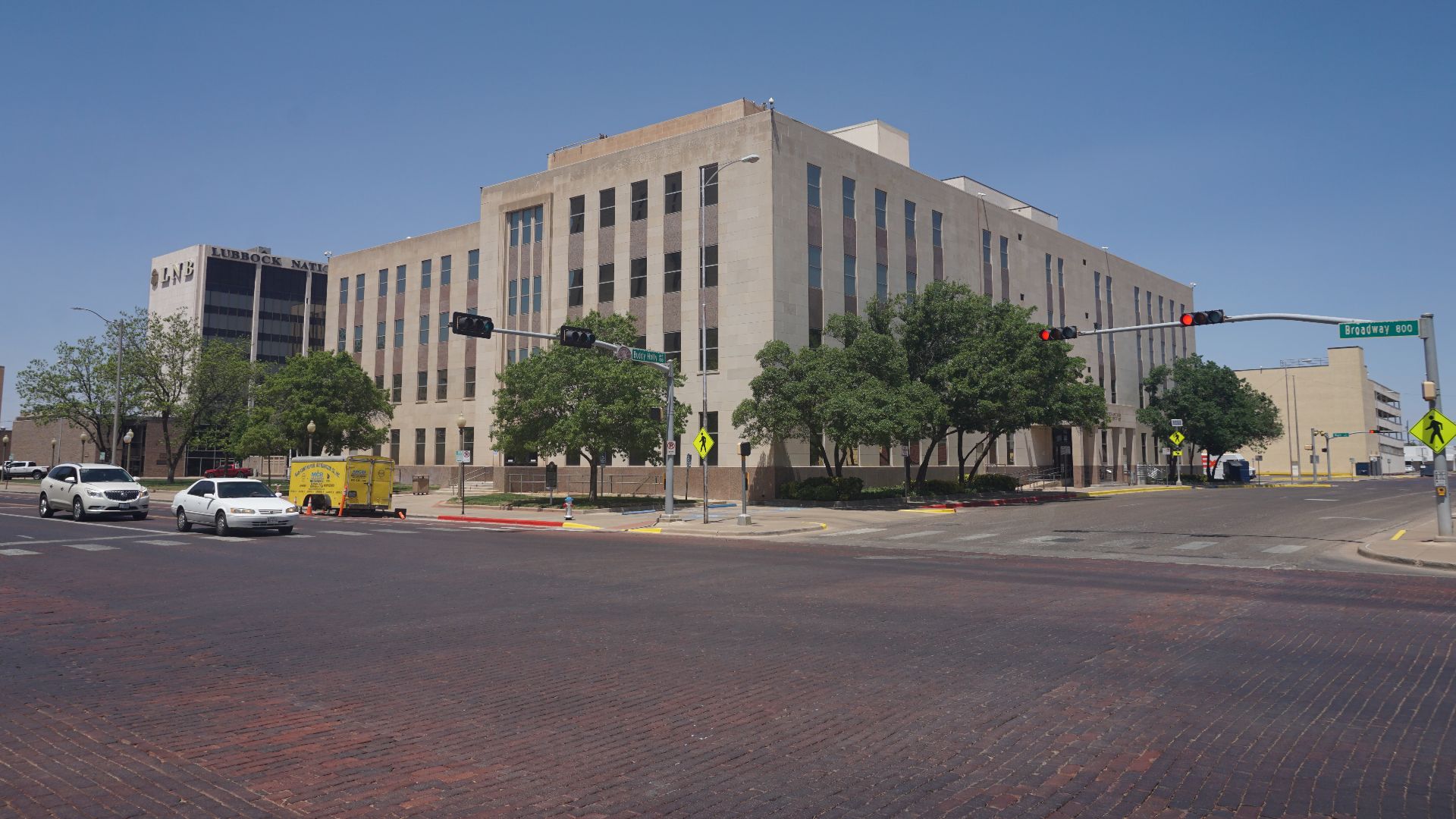Comparing The Daily Drive
Traffic can change how you feel about an entire city. Some places are basically one giant line of brake lights, where every short trip turns into a slow crawl, and finding a clear lane feels impossible. But it’s not the same everywhere. Some cities actually make driving manageable. You get in the car, pick a route, and just go without wondering if everyone in town decided to leave at the exact same time. So, first, here are ten American cities where traffic jams are just part of the daily routine.
1. Los Angeles
Traffic doesn’t wait for rush hour in Los Angeles, as it builds on a tangled network of freeways that clog up around the clock. The city's hilly terrain is limited, and its sprawling layout offers few alternatives, making car dependency a daily trap. Add in film industry disruptions, and you’ve got a drive that’s totally frustrating.
2. New York City
Gridlock stretches across all five boroughs, but Manhattan feels like the capital of chaos. Delivery trucks clog lanes, double parking shrinks already narrow streets, and bridges and tunnels serve congestion like clockwork. In short, each block feels like a puzzle you didn’t sign up to solve.
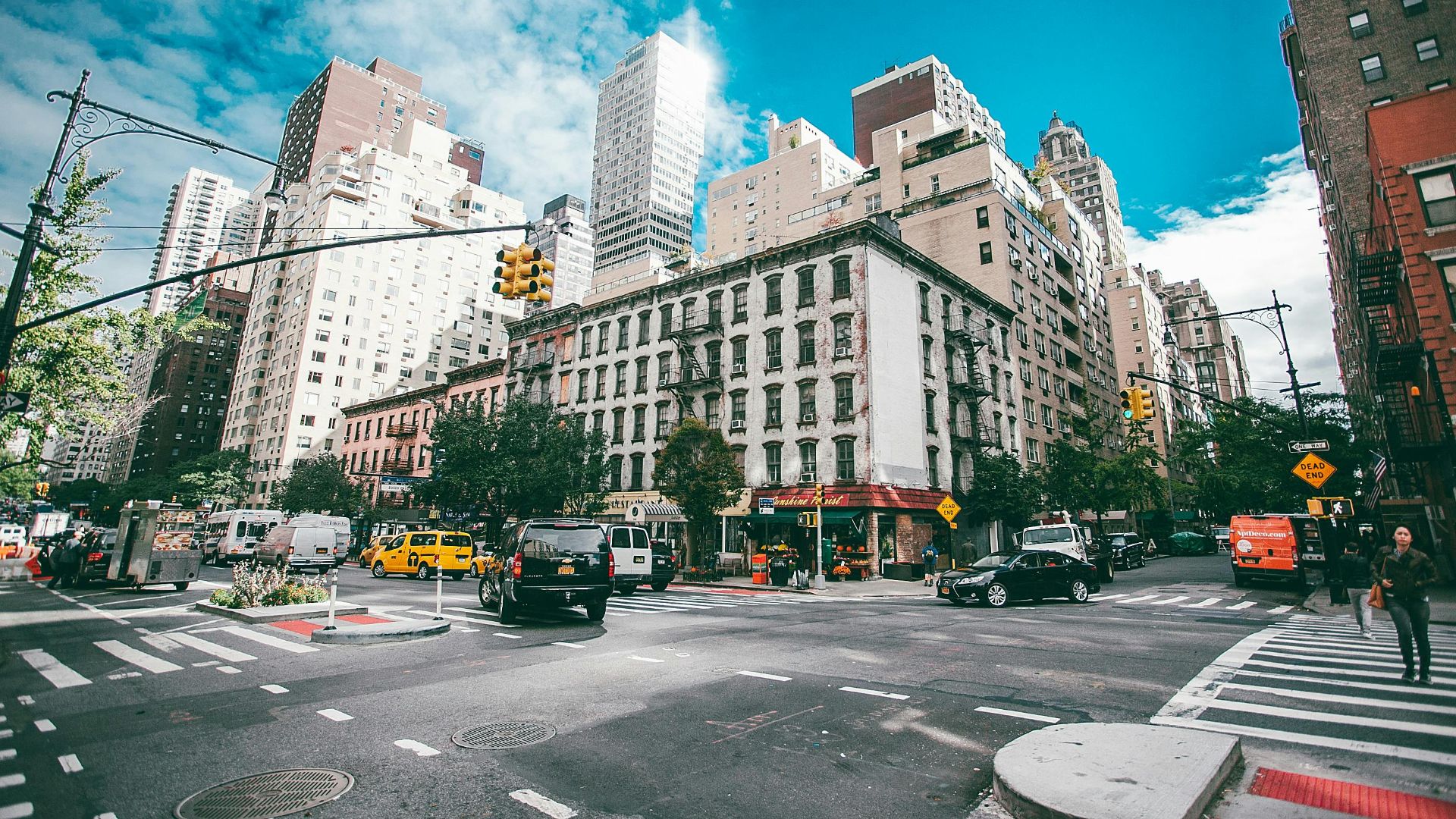 Maria Orlova on Pexels3. Chicago
Maria Orlova on Pexels3. Chicago
Chicago’s downtown loop is surrounded by heavily used expressways, creating a dense traffic core with few escape routes. To the east, Lake Michigan restricts roadway expansion, further intensifying congestion in already packed corridors.
4. San Francisco
Traffic in San Francisco feels like a series of hurdles. First, steep hills and tight streets challenge even experienced drivers. Then come the ride-shares—starting, stopping, and throwing off the rhythm. Layer on frequent roadwork and minimal lane space, and soon, movement grinds to a crawl.
5. Boston
Modern traffic meets colonial design—and the result is anything but smooth. Boston’s centuries-old road layout wasn’t built for today’s cars, leading to tight squeezes and tangled routes. Plus, roundabouts and one-way streets send drivers on dizzying loops.
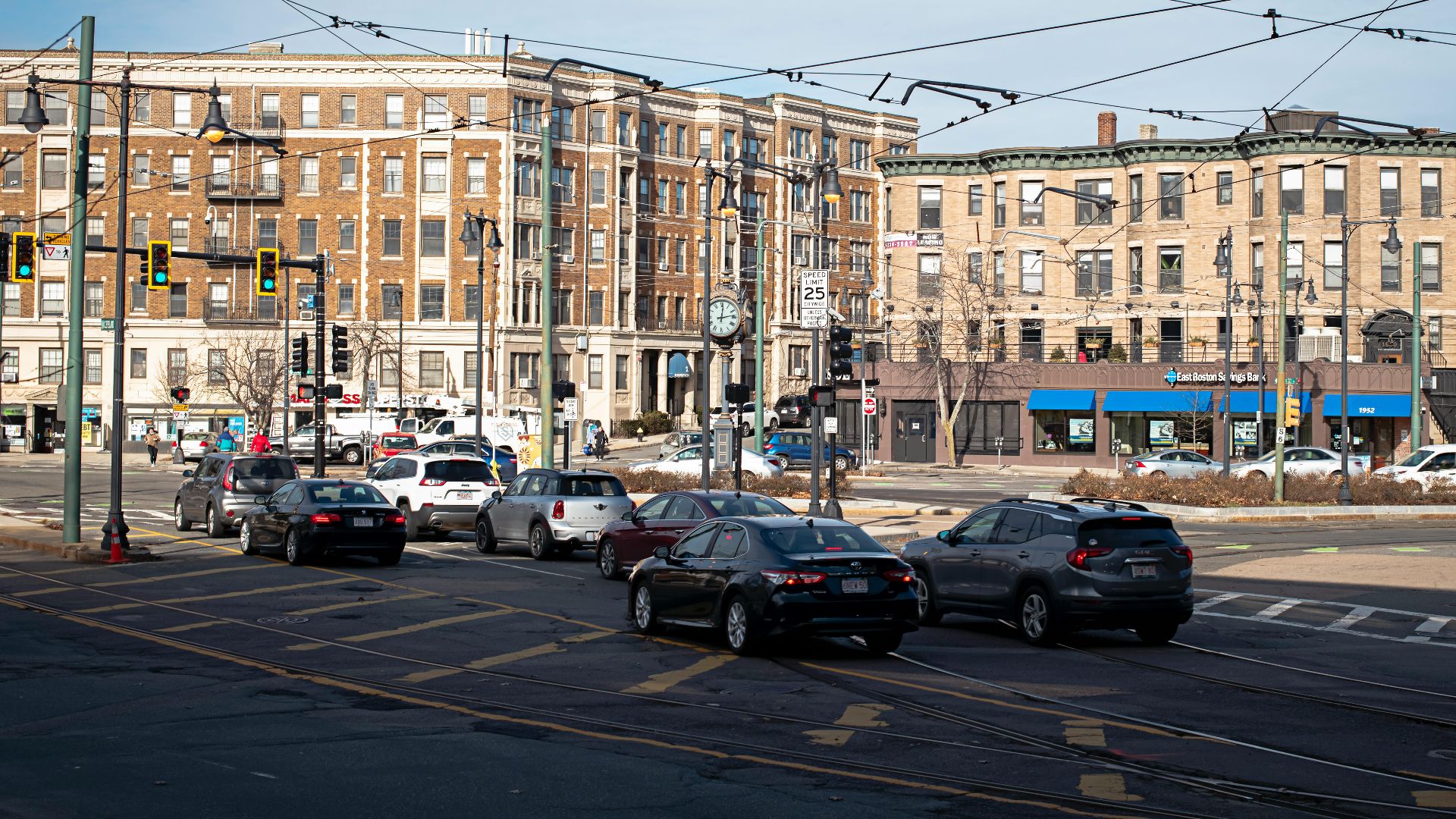 M I N E I A M A R T I N S on Pexels
M I N E I A M A R T I N S on Pexels
6. Miami
Bound by its coastal geography, Miami offers limited roadways and even fewer escape routes. Year-round tourism ensures traffic never truly lets up, and highways packed with ramps force constant lane changes that slow everything down. Add in sudden afternoon storms, and congestion becomes a daily certainty.
7. Atlanta
Few cities tangle traffic quite like Atlanta. Intersections such as the infamous “Spaghetti Junction” twist together confusion and congestion. Here, a centralized highway system funnels vehicles into chokepoints while sprawling suburbs stretch commutes in all directions. Throw in a major event or game, and gridlock strikes without warning.
8. Washington D.C.
In this city, every turn comes with a twist. Federal buildings and restricted zones interrupt direct routes, forcing drivers to zigzag through unfamiliar paths. And as traffic from surrounding suburbs pours in, a single protest or motorcade can bring the entire system to a halt.
9. Seattle
Surrounded by water and dependent on bridges, detours in Seattle are few and far between. Rapid population growth has outpaced road development, and with hills, tunnels, buses, and bike lanes all competing for space, delays are inevitable.
10. Philadelphia
Historic cobblestone streets weren’t built for modern traffic, yet they remain central to daily commutes. Lane blockages from parking violations and delivery vans add to the mess. Lastly, merged interstates slow everything down, and minimal signage sends newcomers straight into traffic traps.
Now, let’s take a look at ten cities where the roads stay clearer, and the drives feel way less chaotic.
1. Raleigh
Unlike cities crowded with towering high-rises, Raleigh’s limited vertical development helps avoid concentrated congestion. Additionally, drivers benefit from clearly marked road signage and intuitive exits, which makes navigation straightforward and minimizes delays.
2. Kansas City
Kansas City’s traffic advantages begin with its network of highways that circle and bypass the downtown core. With relatively light commercial traffic during weekdays, most drives remain fluid and stress-free, making Kansas City famous for smooth commuting.
3. Louisville
In Louisville, bypass routes effectively relieve the city center, which prevents buildup in core areas. Moreover, residential areas remain distinctly set apart from major thoroughfares, preserving momentum along primary routes and limiting unexpected congestion.
4. Tucson
Tucson’s flat, wide landscape allows roads to cut directly through the city. The region’s stable desert climate means road conditions stay consistent, free from rain or snow-related delays. Open and accessible routes across the desert also ensure that daily travel remains efficient throughout the year.
5. Boise
Boise operates on a manageable scale, with a small metro footprint and low population density that naturally eases pressure on its roadways. While commuting distances may vary, the region’s scenic backdrop softens the experience.
6. Omaha
By placing industrial zones away from residential roads, the city limits heavy vehicle interference in daily commutes. This separation works hand-in-hand with infrastructure investments that prioritize smoother, faster travel across town. Supporting it all is a road design that favors simplicity over complexity.
7. Fargo
Traffic in Fargo remains consistently manageable thanks to its low population, which reduces daily congestion across the city. Moreover, seasonal traffic changes occur gradually, allowing residents to plan travel with confidence throughout the year.
8. Madison
This city on the list manages traffic through thoughtful design that balances movement and space. The university adds life through pedestrians, which is not similar to the vehicle congestion seen in college towns. And with a compact downtown, most destinations stay within close range, cutting down travel time.
9. Lincoln
Everything in Lincoln feels within reach, as a centralized layout reduces the need for long-distance drives. As drivers move between suburban streets and city routes, the transition feels natural—no abrupt changes, no sudden bottlenecks—just a connected experience behind the wheel.
10. Lubbock
Lubbock offers a driving experience where delays are the exception, even during typical rush hours. This is because multiple access points across the city ease pressure on main roads. Residential neighborhoods are also carefully set apart from business hubs, minimizing overlap between local and commuter traffic.


